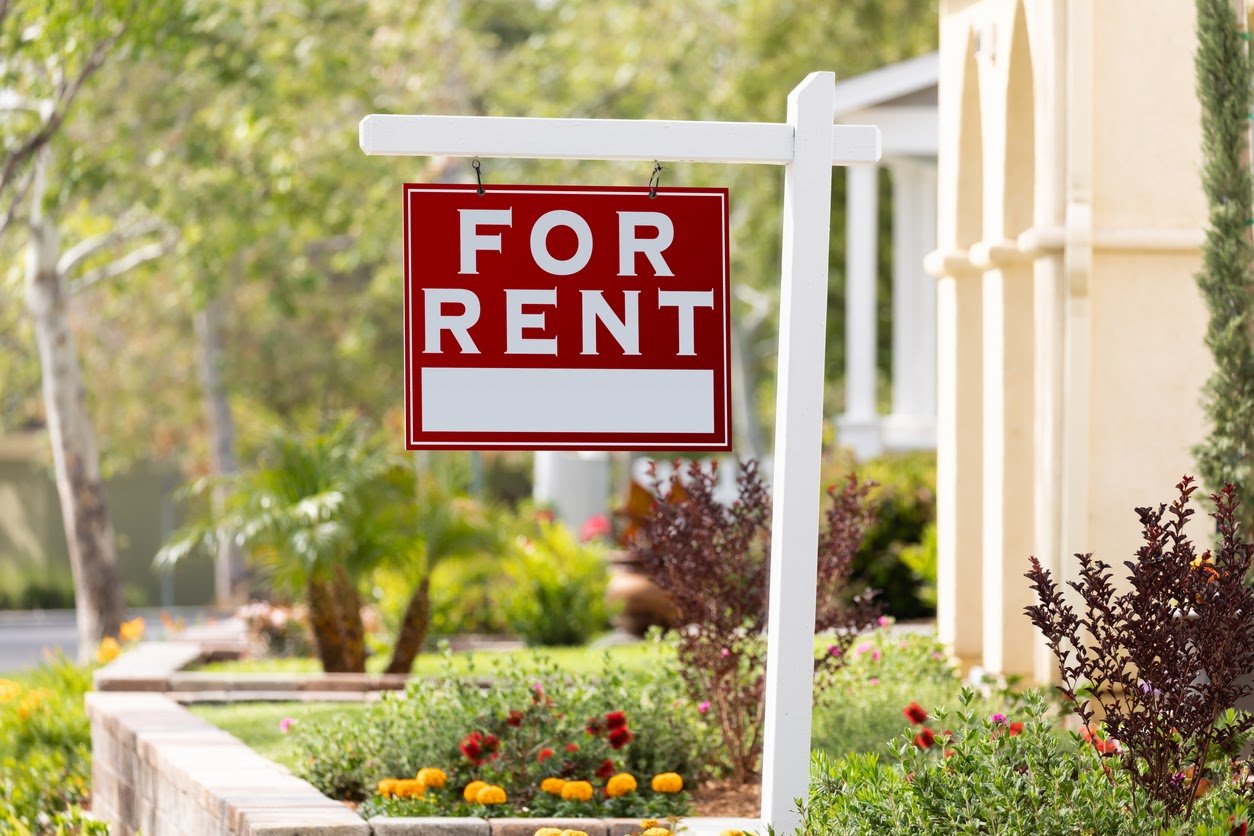Are you looking to buy a house soon? Trying to figure out the different types of mortgages available? Overwhelming, isn’t it?
Buying a house, whether to live in or as an investment property to rent out, can be a long process. Understanding the ins and outs of it will stretch the limits of anyone’s knowledge and patience.
Understanding the difference between an FHA vs conventional loan is a good starting point. Once you understand what they are and how they’re different, you can move forward with a little more confidence. You can match the right loan to your financial situation and maybe even save money along the way!
Which loan is right for you? Continue reading to learn more about a conventional home loan vs FHA home loan to see which one might be right for you.
The FHA Loan
President Franklin D. Roosevelt founded the Federal Housing Administration (FHA) in 1934. It was part of the National Housing Act and provides mortgages for single-family homes and multifamily rental properties.
FHA loans are backed or guaranteed by the government. If an owner defaults on the loan, the government will pay the lender the mortgage balance.
Mortgages through the FHA were intended to help more low- and moderate-income people afford homes. They tend to have fewer restrictions and lower qualification limits. This is useful for someone with a low credit score, a high debt-to-income ratio, or someone who doesn’t have a large down payment readily available.
The Conventional Loan
A conventional loan is with a private lender and isn’t guaranteed by the government. You usually need a higher credit score and a low debt-to-income ratio to qualify. They also require you to have a larger down payment.
Conventional loans are usually structured in 10-to-30-year terms. They are available as fixed- or adjustable-rate mortgages (ARMs).
Conventional loans are often bought by two government-created enterprises: Freddie Mac and Fannie Mae. Essentially, this frees up money for banks so they can continue to offer mortgages. Conventional loans must adhere or conform to the standards set by Freddie Mac and Fannie Mae.
The Differences Between a Conventional Loan vs. FHA Loan
FHA loans tend to be more expensive. They have more fees and costs associated with them than a conventional loan.
If you want to purchase a fixer-upper, you may need to consider a conventional loan or explore creative financing for real estate to find more flexible options. FHA financing requires a health and safety inspection with high standards that are difficult to meet.
You will also need to consider a conventional loan if you’re looking at an investment property or second home. FHA mortgages are only for purchasing a primary residence.
Conventional loans are risker for a lender because the government does not guarantee them. If you default on the loan, the lender is out of pocket for their money. Because of this, they are more difficult to qualify to get.
FHA vs. Conventional Home Loan for a Buyer
There are many factors to consider when debating between an FHA or a conventional mortgage. Your credit score and debt-to-income ratio, the amount of your down payment, and the size of the mortgage are all factors when selecting a loan.
Credit Score for FHA and Conventional Loans
Regardless of which loan you apply for your financial life will come under a microscope. Starting with your credit score.
A credit score or FICO Score is a three-digit number based on your credit history, developed by the Fair Isaac Corporation in 1956. It identifies how risky you may or may not be to a lender. The credit score range of 300-579 categorize you as a poor risk, while a score of 800+ is an excellent risk.
Conventional loan rates vs. FHA rates are determined by these scores and information found on your credit reports. They consider the length of your credit history, your credit type, how you use your credit, and how many new accounts you have.
Conventional loans require a higher credit score because they are taking the risk of the mortgage on themselves. They don’t have the government guaranteeing the loan. Generally, they want to see a minimum score of 620 or higher.
On the other hand, you can often qualify for an FHA loan with a credit score of 500 points. But your down payment will fluctuate based on your credit score.
A credit score of 500 may require as much as a 10% down payment. However, a credit score of 580 or higher only requires a 3.5% down payment in most cases.
In general, FHA loans usually offer a lower interest rate. But with either loan, your credit scores will impact the interest rate of your loans. A higher credit score tends to translate to a better interest rate.
Debt-to-Income Requirements of an FHA vs. Conventional Loan
The debt-to-income ratio (DTI) represents how much of your monthly income goes toward the debt you already have. Things like a car payment or student loan are all considered in the loan application process.
You can calculate your DTI with this formula: (Total monthly debt) / (Gross monthly income) x 100 = DTI. You may be able to have a higher DTI for an FHA loan. They usually allow for a 50% debt-to-income ratio. A conventional loan prefers a maximum DTI of 45% or less.
These are not hard and fast rules, however. The lower your DTI, the better. If you have a high DTI close to the maximum, you may want to make sure you have a higher credit score or significant savings.

Mortgage Insurance Premiums
Mortgage insurance is an insurance policy that protects the lender if you can’t make your payments. Both conventional and FHA loans can have mortgage insurance, but they are used differently.
FHA loans require mortgage insurance in every situation. It’s mandatory regardless of your credit score or how much of a down payment you have.
There are two types of mortgage insurance premiums (MIP): upfront and annual. Every FHA mortgage includes an upfront premium of 1.75% of the total loan amount.
The annual MIP is dependent on your down payment. With a 10% or higher down payment, you only pay mortgage insurance for 11 years. Less than a 10% down payment will usually mean paying the MIP for the entire life of your loan.
You can avoid mortgage insurance on a conventional loan if you have a down payment of 20% or more. If you have less than that, the annual premium will depend on your credit score, loan term, and amount. Generally, they cost between 0.5% and 1% of your mortgage. Plus, you can cancel it once you reach 22% equity in your home.
Mortgage Closing Costs
There are a number of items that must be paid at the closing of the mortgage. These include lender fees, third-party fees, and prepaid items.
Lender fees include an origination and underwriting fee, document preparation fees, and an interest rate lock fee. Third-party fees cover items from other providers such as Notaries, appraisals and inspections, couriers, and attorney fees. Prepaid items are things that are paid in advance and usually include taxes and insurance premiums.
Closing costs are more expensive for FHA loans than conventional ones. Most borrowers can pay over $7,500 in closing costs on an FHA mortgage, but only half that for a conventional mortgage.
Surprisingly there’s an impact between an FHA vs conventional home loan for a seller as well, not just the buyer. FHA loans allow the seller to pay more of the closing costs. This can be a benefit to the buyer if they don’t have a lot of extra cash on hand.
A conventional loan will only let an outside party contribute 3% towards closing costs with a down payment of 10% or less. However, the seller can pay up to 6% of the closing costs on an FHA mortgage.
Down Payments for Your Mortgage
As discussed above, your credit score can affect different aspects of your loan, including the amount of your down payment. FHA loans allow for down payments as low as 3.5% where a conventional loan allows you to make a 3% down payment.
This may sound great, but remember a larger down payment can eliminate the need for private mortgage insurance on a conventional loan. And on either mortgage, the more you pay upfront the less you need to pay in interest over the life of your loan. Putting 3.5% versus 10% down upfront can have a huge impact on your monthly payment as well.
Maximum Loan Amounts
The amount of money you can borrow for a mortgage depends on where you live, how much you can afford, and your debt-to-income ratio. The qualifications do change from year to year, so make sure to keep that in mind if you start a loan application in one year but don’t use it until the next.
In 2021, the maximum loan amounts for FHA loans on a single-family home are $356,362 in most low-cost areas and $822,375 in most high-cost areas. A higher limit of $1,233,550 applies to sales in Hawaii, Alaska, Guam, and the U.S. Virgin Islands.
Conventional loans must conform to the loan limits for Freddie Mac and Fannie Mae. The single-family home limits in 2021 are $548,250 in most areas and $822,375 in certain high-cost areas, including Hawaii, Alaska, Guam, and the U.S. Virgin Islands.
It’s possible to borrow more than the conforming loan limit by applying for a jumbo loan. They are also called non-conforming loans because they don’t follow the standards set by Freddie Mac and Fannie Mae. Jumbo loans usually require a higher income, larger down payment, and higher credit score.
Types of Properties
For the most part, you can get a conventional loan for any type of property. Primary properties, second homes, rental properties, and investment properties you’ll renovate and immediately resell are all eligible.
There are more restrictions when it comes to buying property for an FHA loan. You can only purchase your primary residence with an FHA mortgage. And the property must be in excellent livable condition.
FHA mortgages require an inspection and appraisal. The inspectors and appraisers have strict requirements to follow to prove the home is safe and secure. Some of the elements of the home that are evaluated include drainage/plumbing, heating, roofing, and water potability.
Evaluating Which Mortgage is Best for You
An FHA loan makes the most sense for someone purchasing their primary residence. It’s better for those who have a lot of debt or a credit score below 620.
FHA loans may have fewer upfront costs, as the seller is able to pay more of the closing costs. But the extra costs and fees with an FHA mortgage that make it more expensive in the long run.
Conventional loans are more appealing to people with a higher credit score and less debt. They don’t require mortgage insurance premiums with a large down payment, which can be significant savings on the monthly payment. Conventional loans are often cheaper in the long run.
If you’re looking for something other than a primary residence, such as a vacation home or rental property, then you can only consider a conventional loan. Conventional loans are also more appropriate for more expensive homes as they have higher maximum limits.
The Perfect Mortgage for You
There are a lot of differences between an FHA vs conventional loan for your mortgage. But taking a little bit of time to understand the difference can save you time and money in the long run.
Contact Nomadic Real Estate to learn more about real estate and property management.



































